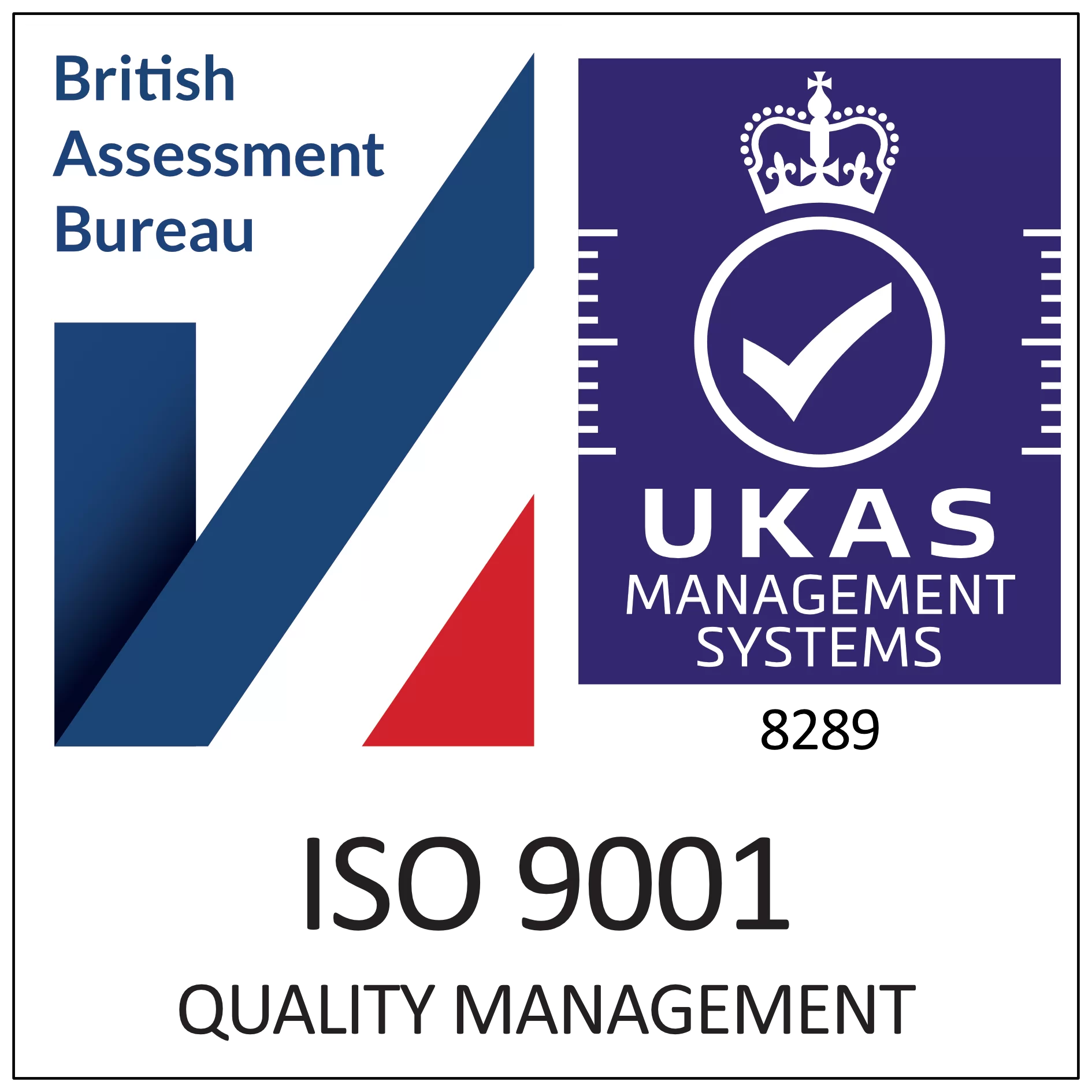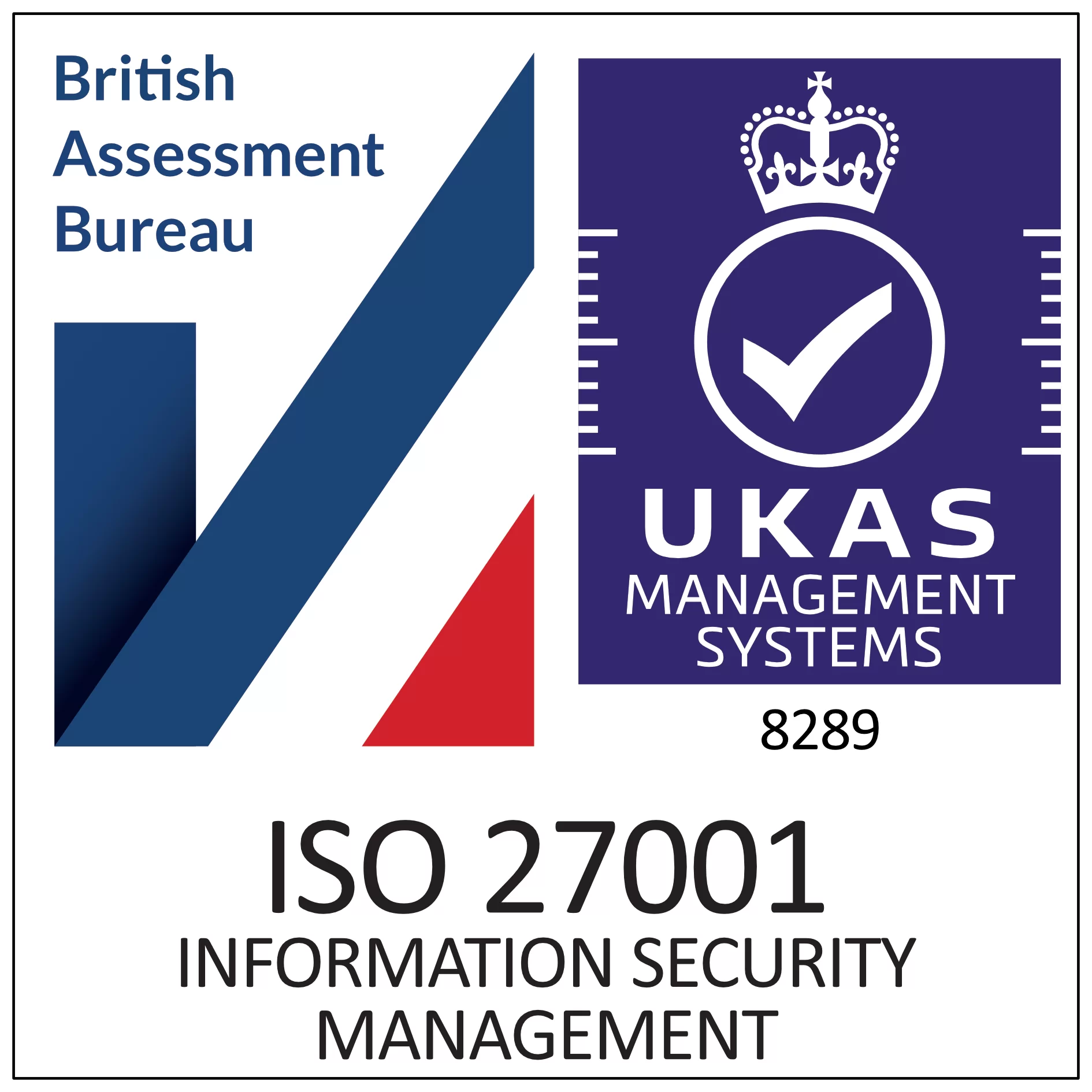Request for information (RFI)
What is RFI?
RFI, or request for information, is a formal document process that involves gathering key details from potential suppliers or service providers before taking the next steps in procuring their product or service. They are often first or at least early in a series of requests customers make when narrowing down their list of chosen vendors. Requests for information are particularly beneficial when businesses have little to no information about vendors and want to reduce the time taken to evaluate them.
Purpose of RFIs
The goal of a well-crafted RFI is to highlight the differences between vendors, enabling the customer to make an informed decision on the best option for their business. Therefore, the request should focus on unique requirements and concerns that are unlikely to be addressed by every candidate.
What should an RFI include?
Every RFI will be different depending on the industry it is being written for. However, a generic request for information will be around 4-5 pages in length and include the following sections:
- An overview
- The information requested
- Response expectations
- Clarification
Best practices for RFIs
Before writing an RFI, it’s important to consider the best practices below to ensure clarity and accuracy in the information you receive.
- Ensure the information requested is only what your business needs from the vendor
- Be specific about the requested information, but without going into too much detail
- Stick to the same format for every request to enable fair and direct comparisons between suppliers
- Limit information requests to resource and capability details only. Other details, such as pricing, are not required at this stage of the process.
- Allow for suitable response times. Responding to an RFI typically takes less time compared to responding to other forms. Expect a one to two week turnaround for your information request.
- Use RFIs to collect general information only. They are not meant to suggest final purchasing intent.
- Include visuals in your RFIs if appropriate. For example, images in construction RFIs can help the supplier to better understand what information is required.
What’s the difference between RFI and RFP?
The purpose of an RFI is to be an initial research-gathering tool, helping businesses to reduce their shortlist of potential vendors for their business. Whereas an RFP (request for proposal) requires a more detailed response from the suppliers, aiming to end with a signed contract or agreement to procure their solution.














